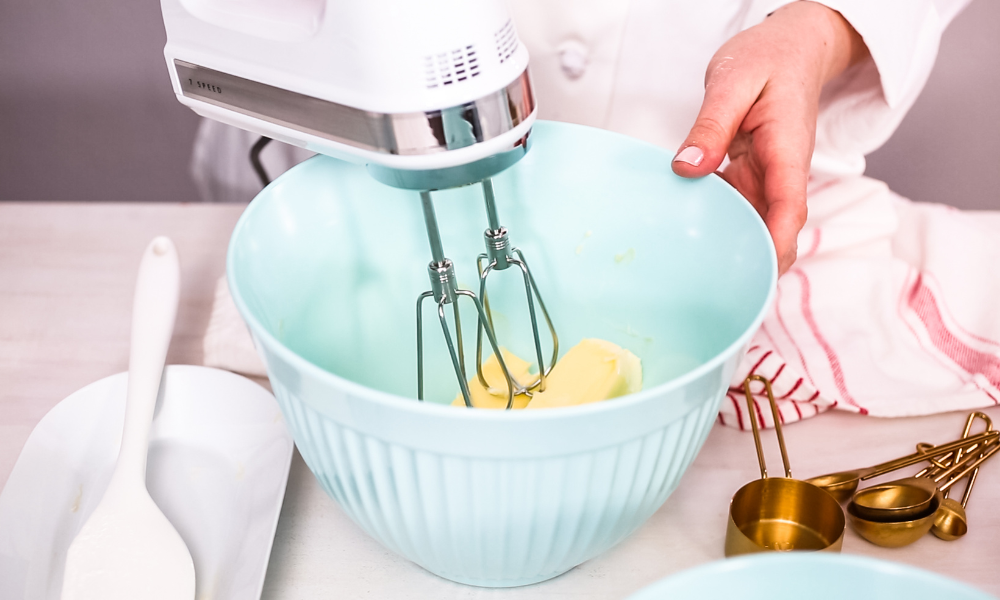Mixing bowls are quintessential to any kitchen, standing as silent yet indispensable tools in the culinary process. These simple vessels do more than just hold ingredients; they are the unsung heroes that facilitate everything from the initial ingredient assembly to the final stir before a dish comes together. The significance of mixing bowls extends through centuries, adapting in material and design to meet evolving culinary needs. Whether in a modest home kitchen or a bustling professional environment, mixing bowls are crucial for a seamless cooking experience. This article delves into the daily roles of mixing bowls, exploring their various types, uses, and the impact they have on cooking routines. Understanding the versatility and functionality of mixing bowls can enhance your efficiency in the kitchen and possibly ignite a new appreciation for this fundamental tool.
Types of Mixing Bowls
Mixing bowls come in a variety of materials, each with unique characteristics that cater to different kitchen needs. Glass bowls are favored for their non-reactive nature, making them ideal for acidic foods, and their transparency allows chefs to monitor progress visually. Stainless steel bowls are lightweight, durable, and resistant to corrosion, suitable for heavy-duty use. Ceramic bowls offer aesthetic appeal with their colorful designs and retain heat well, which is great for melting ingredients. Plastic bowls are the most economical and boast versatility in colors and sizes, though they can absorb odors and stains over time. Each material has its pros and cons in terms of durability, usability, and maintenance, influencing the choice based on personal preferences and culinary demands.
Daily Uses of Mixing Bowls
Mixing bowls are indispensable in the kitchen, serving multiple functions throughout the cooking process. Initially, they are crucial for organizing and preparing ingredients, allowing cooks to measure and sort items before the actual cooking begins. They play a central role in mixing and blending tasks; from tossing fresh salads to kneading dough for bread, or whisking together batter for cakes. Read, what size mixing bowls i need. Mixing bowls also double as serving dishes in casual dining settings, offering a rustic and homely feel when serving dishes like salads or popcorn. Additionally, many mixing bowls come with lids, providing convenient storage solutions for leftovers or pre-prepped meals, thus enhancing kitchen efficiency and reducing food waste.
Special Features of Modern Mixing Bowls
Modern mixing bowls are designed with innovative features that enhance their functionality and convenience. Many include built-in graters for efficient food preparation, spouts for precise pouring, and handles for better grip and mobility. Non-slip bases are a common addition, ensuring stability during vigorous mixing tasks. These features underscore the importance of multi-functionality in kitchen tools, helping to streamline cooking processes and reduce clutter. By incorporating these advanced features, modern mixing bowls cater to the diverse needs of contemporary cooking, proving essential for both novice cooks and professional chefs.
Maintenance and Care
Maintaining mixing bowls is essential for their longevity and performance. Glass, stainless steel, and ceramic bowls are generally dishwasher safe, making cleanup easy and convenient. However, plastic bowls may require hand washing to avoid warping and staining from high dishwasher temperatures. Regular cleaning helps prevent flavor carry-over and extends the lifespan of the bowls. It’s important to follow manufacturer guidelines for care, especially when dealing with materials that are prone to scratching or chipping. Proper maintenance not only preserves the quality of mixing bowls but also ensures that they remain hygienic and safe for food preparation.
Choosing the Right Mixing Bowl
Selecting the right mixing bowl involves considering several factors to match kitchen needs. Size is crucial; a variety of sizes from small to large allows for flexibility in cooking various dishes. Material choice should align with cooking habits; for instance, stainless steel is ideal for rigorous use, while glass may be preferred for its chemical-free composition. Additionally, compatibility with kitchen appliances, like mixers or microwaves, is important for practicality. The market offers a range of versatile and durable options, and recommendations from culinary experts can guide buyers to make informed choices that suit their specific cooking styles and requirements.
Mixing Bowls in Professional Kitchens
In professional kitchens, the demands placed on mixing bowls are significantly higher than in home settings. Chefs rely on robust, high-capacity mixing bowls to handle large-scale preparations efficiently. Stainless steel bowls are particularly prevalent due to their durability and ease of cleaning, essential for maintaining health and safety standards in fast-paced environments. Insights from professional chefs highlight the importance of quality and resilience in mixing bowls, which must withstand constant use and harsh kitchen conditions without compromising performance.
Environmental Impact and Sustainability
The environmental impact of mixing bowl materials is an important consideration in today’s eco-conscious world. Stainless steel and glass bowls are favored for their recyclability and durability, often outlasting their plastic counterparts. When choosing mixing bowls, opting for eco-friendly and sustainable options reduces environmental footprint and supports sustainable living practices. Consumers are encouraged to consider the life cycle of kitchen tools, from production to disposal, and make choices that align with a sustainable kitchen setup.
Conclusion
Mixing bowls are foundational kitchen tools that perform a multitude of daily tasks, from basic mixing to complex food preparations. Their importance transcends mere functionality, impacting the environmental, aesthetic, and practical aspects of cooking. By understanding the diverse types, daily uses, and special features of mixing bowls, individuals can enhance their culinary practices, making informed choices that align with their cooking needs, environmental ideologies, and personal preferences.
